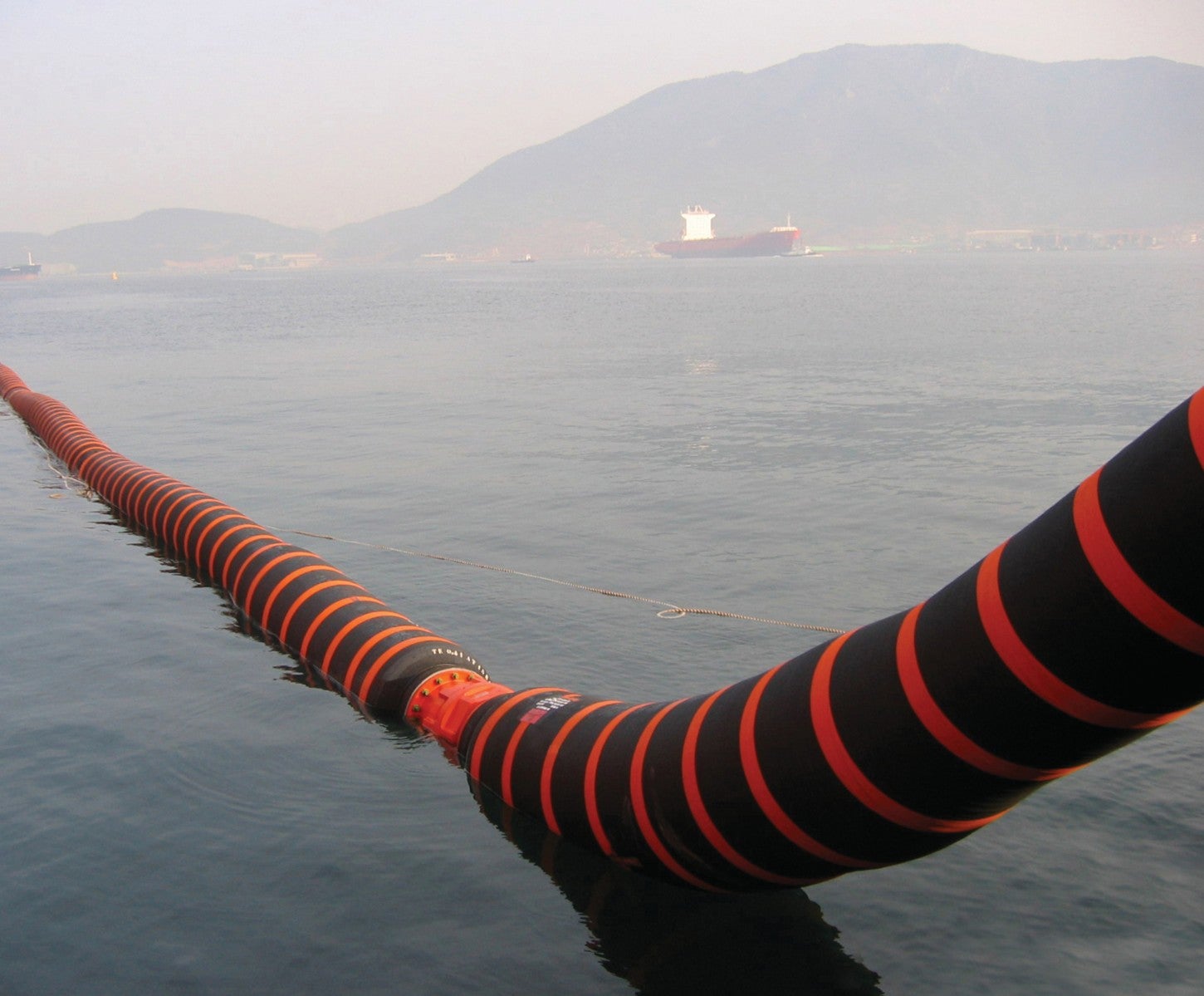
Gall Thomson has revealed there were 16 known activations of its Marine Breakaway Couplings during 2023. The activations occurred in nine different countries around the world.
On each occasion, the Marine Breakaway Coupling (MBC) operated exactly as expected. Oil spills, injuries and damage to assets such as vessels, hoses or facilities was avoided. There were no known spurious activations reported.
Gall Thomson MBCs are designed to activate in an emergency during offshore hose transfer of media such as crude oil between tankers and facilities such as Single Point Moorings (SPMs) or Floating Production Storage and Offloading platforms (FPSOs).
Typical emergencies requiring activation include tanker breakouts or extreme pressure surges within the line. Gall Thomson MBCs are designed to activate only in response to such instances and not to any threat or pre-emergency risk, such as bad weather or equipment malfunction, where the crew can still take appropriate actions.
On activation, the MBC separates and closes the media flow. With flow contained and the line disconnected, any effects of the emergency become manageable and quantifiable, rather than the unpredictable direct and indirect consequences of asset damage and offshore oil spills.
After activation, Gall Thomson provides MBC support options to operators which include a global network of service facilities.
“The fact that offshore operators invest in Gall Thomson MBCs demonstrates their understanding of operational risk management and the value they place on protecting the environment and workforce,” observes Fred Boufennane, Business Development Director at Gall Thomson.
Gall Thomson has nearly 50 years of offshore transfer protection experience and over 2,400 MBCs in service. This enables the high standard of Field Verified which requires an extensive proven track record for the MBC. A reassurance that is crucial in a risk-averse industry and confirmation of its value when considering the activation operational record of Gall Thomson MBCs for 2023.

